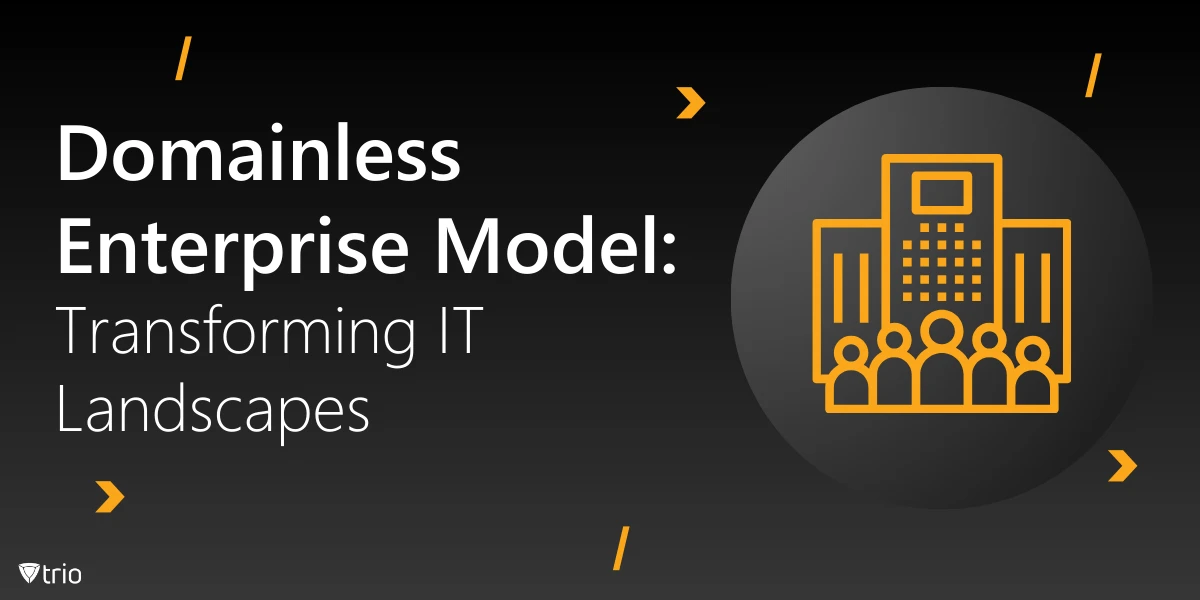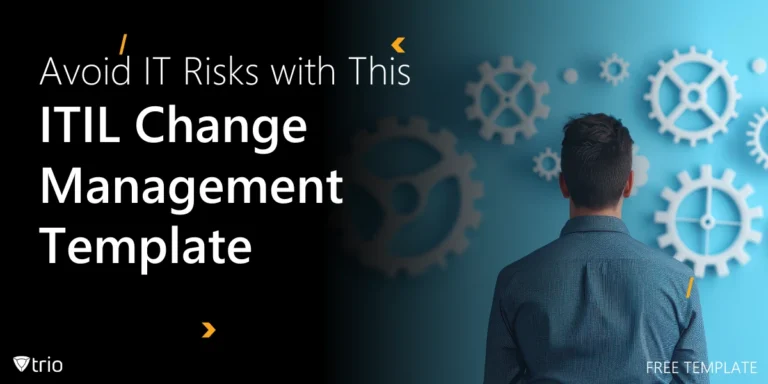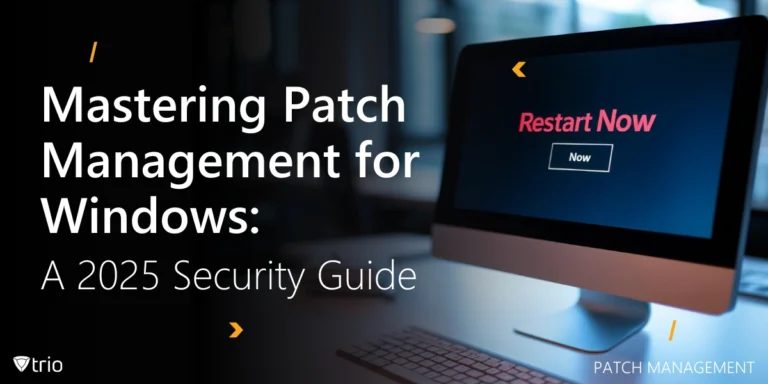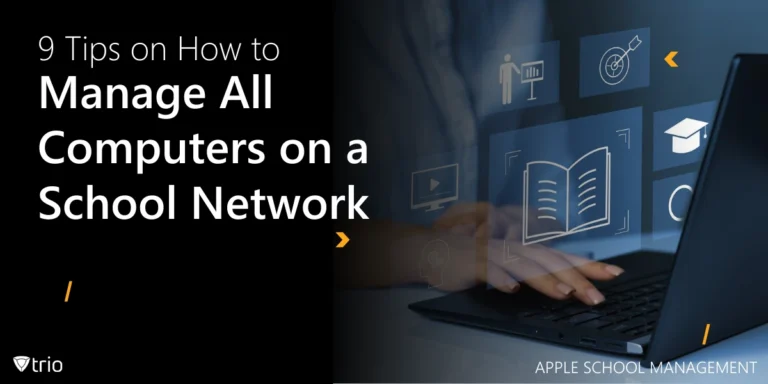The days of castle-like IT infrastructure with rigid walls and moats are fading fast. Today’s organizations are stepping beyond traditional network boundaries to embrace fluid, flexible, and borderless environments. The shift isn’t optional—it’s essential.
Cloud adoption, remote workforces, and a dizzying array of devices are pushing legacy systems to their limits. As hybrid work becomes the norm, the older domain-based approaches struggle to keep up, leaving IT teams wrestling with inefficiencies. Effective IT asset management strategy has become critical to ensure resources are optimized and secure in this evolving landscape.
Enter the domainless enterprise model—a fresh, compelling alternative to outdated, on-premises domain structures. This blog explores how domainless systems reshape IT landscapes, highlights their principles, showcases real-world applications, and weighs their pros and cons. Ready to rethink IT? Let’s dive in.
Traditional Domain Approach vs. Domainless Model: From Centralization to Flexibility
For decades, centralized domains defined the gold standard in IT collaboration. They were the Swiss Army knives of user authentication, group policies, and device controls. But what worked yesterday might not work today.
Historic Foundation
Picture this: centralized servers managing every login, enforcing security rules, and controlling devices with an iron grip. It was efficient, secure, and predictable—perfect for office-bound teams sharing wired connections and operating in tightly controlled environments. This centralized approach created clear hierarchies, simplifying IT workflows and ensuring policy enforcement without the need for constant oversight.
This model set the benchmark for IT infrastructure security, offering controlled access and a sense of order. However, its reliance on internal networks, physical boundaries, and static workspaces makes it a square peg in today’s dynamic, remote-friendly world. As work environments become increasingly decentralized, the cracks in this once-reliable system have become impossible to ignore.
Changing Demands
Then came the digital revolution—cloud computing, global collaboration, and hybrid work models flipped the script. Suddenly, laptops connected from cafes, smartphones joined meetings, and employees wanted freedom to use their own devices, creating a surge in IT complexity and security concerns. A 2023 survey cited by Investopedia found that 35% of full-time employees in the U.S. engaged in remote work at least part of the time. The shift demanded a modernized framework that could adapt to decentralized workflows and dynamic user needs.
The bring-your-own-device culture shattered old paradigms, leaving IT teams scrambling for flexible, scalable solutions that could handle chaos without compromising security. Organizations had to rethink access controls, device management, and identity verification to ensure productivity without risking vulnerabilities, setting the stage for domainless enterprise models.
Introducing the Domainless Approach
Here’s where the domainless enterprise takes the stage. Imagine managing identities, devices, and applications without a domain controller calling the shots. It’s not about breaking rules—it’s about rewriting them entirely to fit today’s dynamic, remote-friendly environment. This shift allows businesses to rethink how security and access are managed without being tied to legacy frameworks.
We’ll now unpack the principles that make this model work, show how it solves modern IT challenges, and demonstrate its practical applications. From improving flexibility to enhancing security, the domainless approach offers compelling benefits for organizations looking to scale securely and efficiently.
The Core Principles of the Domainless Enterprise Model: Smarter IT Support
Transitioning to a domainless model means redefining IT support structures. Instead of tethering devices and users to fixed servers, this approach emphasizes flexibility, cloud integration, and automation.
1. Decentralized Identity Management
Say goodbye to local servers acting as digital gatekeepers. In a domainless model, identity management shifts to the cloud. Providers like Azure AD, Okta, and Google Workspace handle Single Sign-On (SSO), OAuth, and OpenID Connect to streamline access. This ensures seamless authentication without the bottlenecks of on-prem infrastructure. Users can access systems securely—whether they’re at the office, home, or halfway across the globe.
2. Zero Trust Architecture
Trust no one, verify everyone. That’s the mantra of Zero Trust. Instead of assuming insiders are safe, the domainless model continuously checks user identity and device security with each interaction. This approach minimizes breach risks and blocks lateral movement within networks. Imagine a digital bouncer asking for ID at every door—it’s annoying but effective.
3. Cloud-Native Infrastructure
Domainless systems thrive on the cloud. Policies and identities aren’t tied to servers but managed as services. IT infrastructure evolves from hardware-centric to service-centric, focusing on agility and scalability. This eliminates physical constraints, making it easier to manage hybrid teams and global offices without spinning up more hardware.
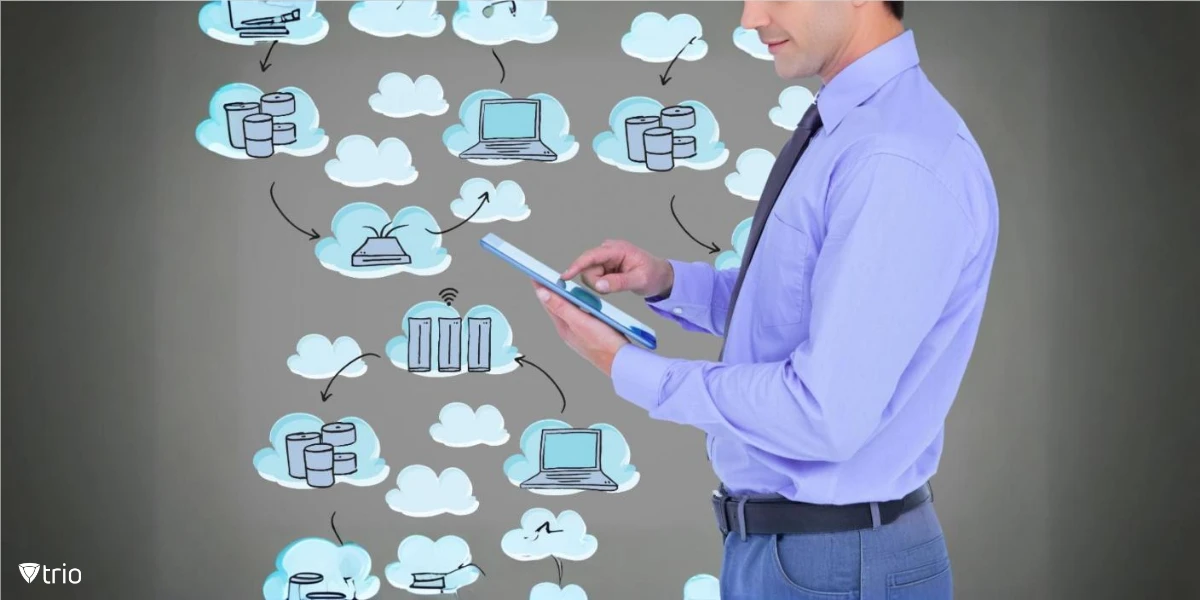
4. Device-Agnostic Access Control
Gone are the days when IT dictated which devices employees could use. Domainless systems embrace flexibility, allowing laptops, tablets, and even smartwatches to connect securely. By moving beyond domain group policies, IT teams can monitor and manage devices dynamically—without creating hurdles during onboarding.
5. Automated Policy Enforcement
Let’s face it—manual configurations are tedious and error-prone. Domainless models automate onboarding, real-time monitoring, and compliance checks through policy-based engines. Identity governance tools handle updates, audits, and access reviews, keeping systems aligned without human intervention. Think of it as autopilot for security.
Best Practices and Examples
Domainless isn’t theoretical—it’s already transforming organizations. These examples illustrate how different businesses leverage domainless frameworks to streamline operations.
Example: A Global Software Firm
Picture a company with offices across continents. With employees logging in from hotel rooms, airports, and home offices, managing identities through legacy systems became chaotic, leading to inefficiencies and security gaps. The fragmented approach struggled to scale, leaving IT teams overwhelmed by the need to manage remote devices, enforce policies, and handle authentication.
Adopting a domainless strategy allowed seamless integration across regions, reduced overhead, and simplified identity management—without sacrificing security. By leveraging cloud-based identity providers and automated policies, the company achieved agility, improved collaboration, and ensured compliance across geographies, all while enhancing IT support and infrastructure efficiency.
Example: A Fast-Growing Startup
For startups, agility is key. One company ditched on-prem hardware and adopted a domainless model from day one. The result? Faster deployment, easy scalability, and minimal IT overhead, allowing them to stay competitive in a fast-paced market. Their IT team avoided the burdens of server maintenance, enabling them to focus on growth and innovation without technical roadblocks.
Managed service provider benefits played a vital role in offering centralized monitoring and endpoint management, freeing startups to focus on growth. With automated updates, real-time alerts, and simplified device onboarding, the company maintained security and compliance while scaling operations quickly. This streamlined IT asset management ensured resources were optimized for peak performance.
Best Practices for Implementation
Start by mapping existing infrastructure and dependencies thoroughly. Identify legacy systems and prioritize them for gradual replacement to minimize downtime and ensure compatibility. Effective planning reduces errors and improves continuity, keeping users productive during transitions. Training employees and documenting processes guarantee smoother adoption and reduce confusion during implementation.
Test pilot groups before going all-in to spot potential issues early. This staged approach minimizes risk, allowing adjustments before scaling up the solution organization-wide. Think of it as dipping toes before diving—less risky, highly controlled, and an opportunity to learn and refine strategies before full-scale deployment.
Security Considerations
Domainless doesn’t mean defenseless. Multi-factor authentication, regular audits, and endpoint protection form the backbone of security. Organizations must implement identity governance tools and automated monitoring to detect anomalies and enforce policies in real-time, strengthening their defense mechanisms.
Think of it as locking every door and window—even when working in the cloud. Continuous checks ensure that vulnerabilities are patched, access is restricted, and data remains protected.
Key Advantages & Potential Drawbacks
Let’s look at some of the advantages and potential drawbacks of the domainless enterprise model.

Key Advantages
- Scalability: Add users and devices effortlessly as businesses grow. With domainless systems, expanding teams across regions or departments becomes simple, requiring no additional physical infrastructure. Businesses can scale operations seamlessly, accommodating new devices and users without delays or downtime.
- Flexibility: Support for diverse devices and operating systems. Whether employees use Windows, macOS, or mobile devices, domainless frameworks provide consistent access and policy enforcement. This adaptability makes remote work and hybrid environments manageable, boosting productivity and collaboration without compatibility issues.
- Enhanced Security: Zero trust reduces internal threats. Each interaction is continuously verified, ensuring no implicit trust exists. By leveraging tools like multi-factor authentication and endpoint protection, domainless systems safeguard sensitive data and minimize breach risks even in decentralized setups.
- Lower Maintenance Costs: Cloud reliance trims hardware and patching needs. IT teams spend less time managing servers and more time focusing on strategic initiatives. Automated updates and centralized controls simplify compliance and reduce costs associated with hardware upgrades and maintenance.
Potential Drawbacks
- Cloud Dependency: Service outages may affect access, leaving businesses vulnerable to downtime if identity providers experience disruptions. Ensuring redundancy with multi-cloud systems can mitigate risks, but dependency on external services remains a challenge that requires proactive monitoring and fallback mechanisms.
- Transition Overhead: Migrating can be complex, involving careful mapping of systems, phased rollouts, and employee training. Legacy dependencies may further complicate the process, necessitating strategic planning and extensive testing to avoid interruptions.
- Hybrid Complexity: Managing both on-prem and cloud systems requires planning and coordination. Organizations need clear policies, governance frameworks, and integration tools to ensure seamless interoperability between environments without sacrificing security or efficiency.
Mitigation Strategies
Leverage multi-cloud failover solutions to reduce dependency and ensure uninterrupted access during outages. Organizations can create backup systems to maintain productivity, even if one provider experiences downtime. Multi-cloud strategies also diversify risk and improve resilience, making systems more reliable in the face of unpredictable failures.
Pilot projects help refine processes before scaling up, allowing organizations to test configurations, assess vulnerabilities, and identify gaps in implementation. This phased approach minimizes risks while providing insights to streamline broader rollouts. Consistent governance and training maintain security and performance, equipping teams with the knowledge needed to manage systems effectively and adhere to compliance standards.
Future Outlook: What’s Next for Domainless Models?
AI-driven tools are already improving anomaly detection and automated responses, enabling faster threat mitigation and smarter IT systems. Machine learning algorithms can identify unusual behavior patterns and respond instantly, reducing downtime and vulnerabilities. Edge computing is enabling local authentication while retaining Zero Trust principles—enhancing security without sacrificing speed and supporting decentralized data processing for faster decision-making.
Global teams and hybrid work models are driving domainless adoption, as businesses strive for seamless access without geographical limitations. Compliance requirements continue pushing organizations toward secure, flexible systems, ensuring that regulatory demands are met even as operations scale. This shift emphasizes adaptability and resilience, making domainless frameworks a practical response to the modern workplace.
Expect all-in-one platforms combining identity management, analytics, and compliance under one roof. These systems simplify IT management and improve efficiency by consolidating functions. Open standards and interoperability will define the next wave, enabling smoother integrations across diverse tools and technologies.
Conclusion: A Smarter Future with Domainless IT Infrastructure
The domainless enterprise model isn’t about abandoning structure; it’s about embracing agility, scalability, and security while meeting the evolving demands of modern IT environments. Migration challenges may arise, but the long-term benefits—enhanced IT Collaboration, reduced maintenance costs, and stronger security—position domainless frameworks as a forward-thinking solution for businesses aiming to stay competitive in an increasingly digital world.
This shift reflects the rapid evolution of technology, empowering organizations to simplify operations without being constrained by legacy systems. With careful planning and phased implementation, domainless frameworks offer resilience, scalability, and adaptability. Businesses can future-proof operations and build smarter, more responsive IT systems to match today’s hybrid and remote workforces.
Curious about streamlining IT and boosting security? Discover how Trio’s MDM platform supports domainless strategies. Test our free demo and experience seamless management for modern enterprises.
Get Ahead of the Curve
Every organization today needs a solution to automate time-consuming tasks and strengthen security.
Without the right tools, manual processes drain resources and leave gaps in protection. Trio MDM is designed to solve this problem, automating key tasks, boosting security, and ensuring compliance with ease.
Don't let inefficiencies hold you back. Learn how Trio MDM can revolutionize your IT operations or request a free trial today!
